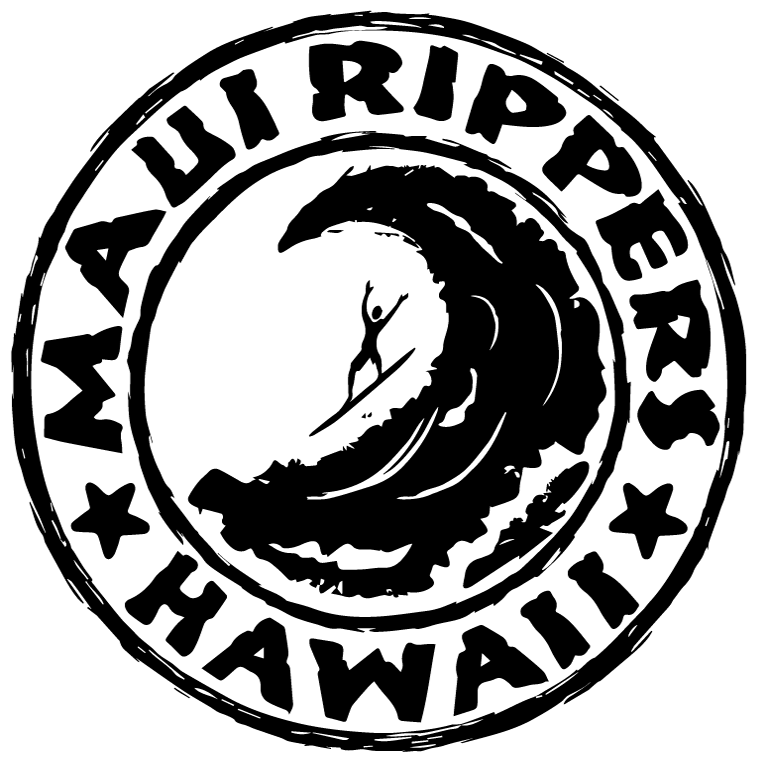
Take it from us; surfing is an all-around exhilarating experience – the feeling of throwing on your favorite pair of colorful boardshorts and being one with the ocean as you ride a wave is totally incomparable.
And while seasonal storms are still currently rocking coastlines around the world, watermen of all experience levels are already itching to get back in the water for some boardshort testing.
But before you grab your swim trunks and hit the beach, it's important to understand how different tidal and ocean conditions can impact your surfing or swimming experience.
Let’s explore some of the most important tide and ocean conditions that could affect your surfing trip to ensure that your surfboard and boardshorts see as much action as possible.
Tide Levels
It's no secret that ocean tide levels play a super important role in shaping your surf sessions. When the tide is high, the waves tend to become softer and less powerful, which makes it harder to catch the perfect wave.
On the other hand, during low tide, the waves break closer to the shore and are usually faster and stronger. However, this can also lead to dangerous conditions when the ocean floor is exposed.
Generally, low tides are best for beginner surfers because they allow more time for you to get up on your surfboard (AKA "pop up") before the wave breaks.
Experienced surfers typically prefer higher tides because they offer more powerful waves and barrels for long rides and performing tricks.
But regardless of your skill level and personal preferences, it's crucial to be mindful of the tides before you suit up and grab your board.
And don't forget that strong currents called riptides can appear in any conditions on certain areas of the beach. So be sure to always pay attention to the water, and heed warnings posted by your lifeguards.
Wind Conditions
Wind conditions hold a lot of influence on the surfing experience, having the power to either elevate the excitement or derail the entire session altogether. So for all surfers, keeping an eye out for the wind patterns is absolutely essential.
Picture this: you're paddling out into the ocean on a seemingly perfect day, only to realize that the strong onshore (towards the land) winds are tossing the waves around chaotically! These winds make it much more difficult to maintain your balance and catch a decent wave, even for experienced surfers.
On the other hand, gentle offshore (towards the sea) winds can be a surfer's best friend, as they smoothly groom the waves to form those flawless, surfable faces we all crave.
Knowing the weather forecast on your day out can also help you with planning what you'll wear for your surf trip. Whether you opt for some trendy summer boardshorts, hybrid cotton trunks, or a full winter wetsuit, knowing the conditions can help you dress accordingly.
Bottom line - understanding and adapting to the prevailing wind conditions can often make or break a successful day of riding the waves. So, before diving head-first into the surf adventure, be sure to take the winds into account for a gnarly and enjoyable ride.
Surf Forecasts
Catching the perfect wave is every surfer's dream, and checking the surf forecast before you hit the beach can make this dream come true.
Surf forecasts provide helpful up-to-date information about wave heights and expected wave periods (which tell you how long each wave will last).
With a simple glance at the surf forecast, you can avoid the disappointment of showing up to a beach with totally flat waters or, even worse, dangerously choppy conditions. Plus, it's a great way to help you choose the perfect time and place to make the most of your surfing session.
Surf forecasts are widely available online or through dedicated surfing apps like Surfline or Magicseaweed that specialize in providing detailed surf reports from all over the world.
There's no reason for any surfer to not take advantage of this valuable resource, so make sure to check it our before you grab your boardshorts and get ready to ride those waves like a pro.
Conclusion
With just a little bit of research and preparation beforehand, it’s possible for any surfer—from beginner to advanced—to land a great surf session out on the waves no matter what the ocean tide levels and conditions are.
By knowing more about how different tide levels and wind conditions can affect your ability to surf, as well as checking reliable local weather information like wind and surf forecasts ahead of time, you can plan accordingly so your next surfing adventure is packed with unforgettable thrills!




















